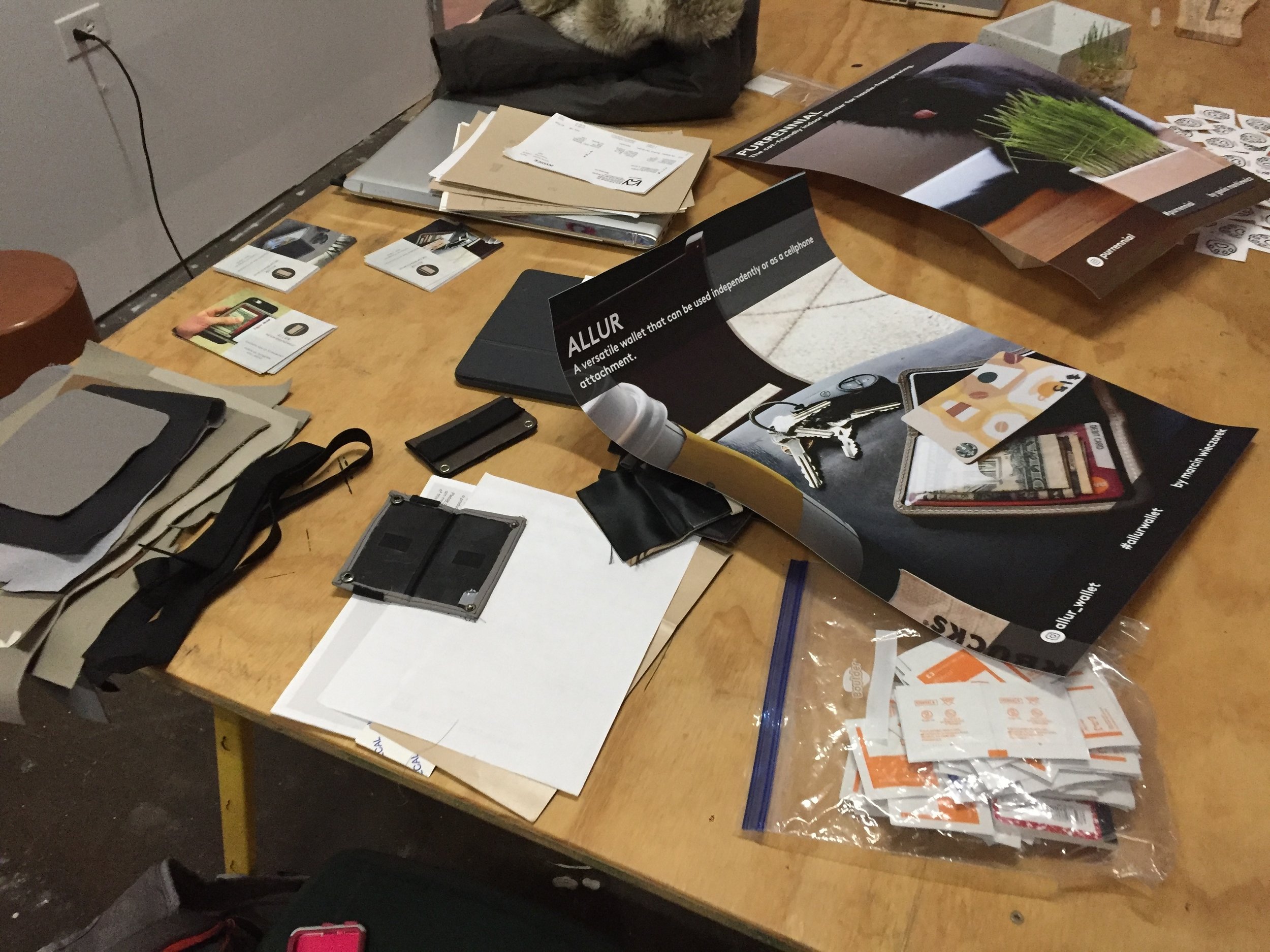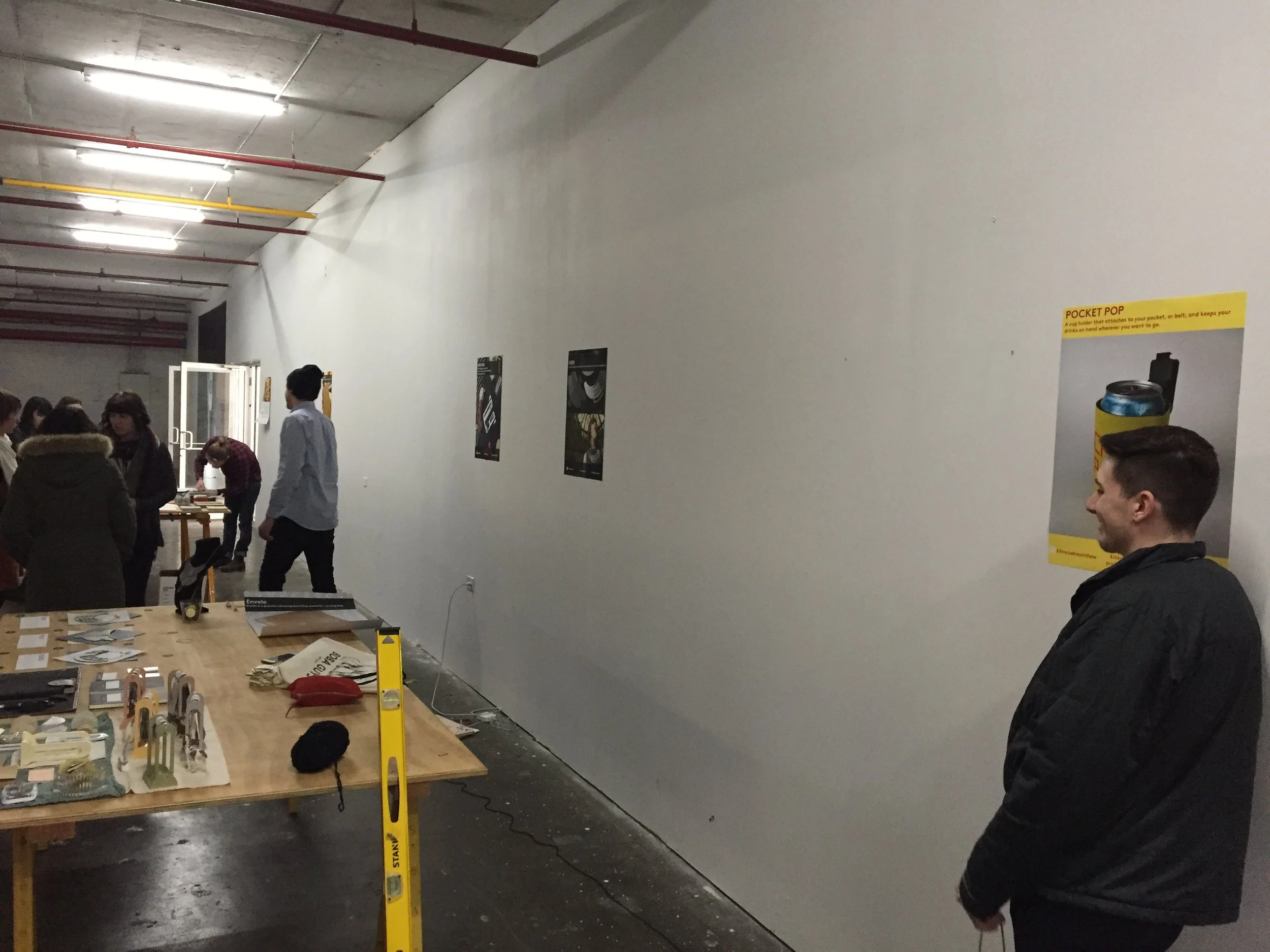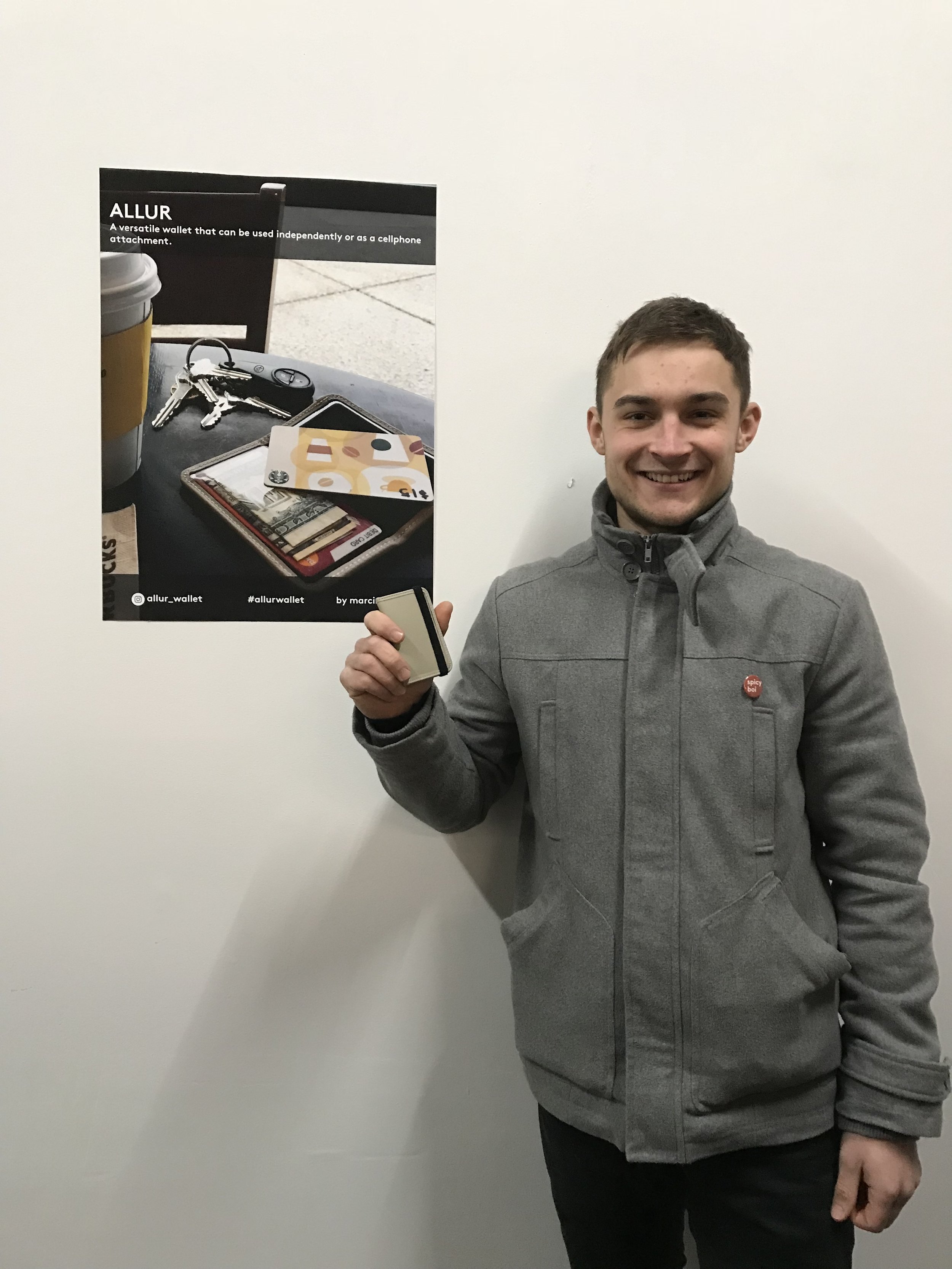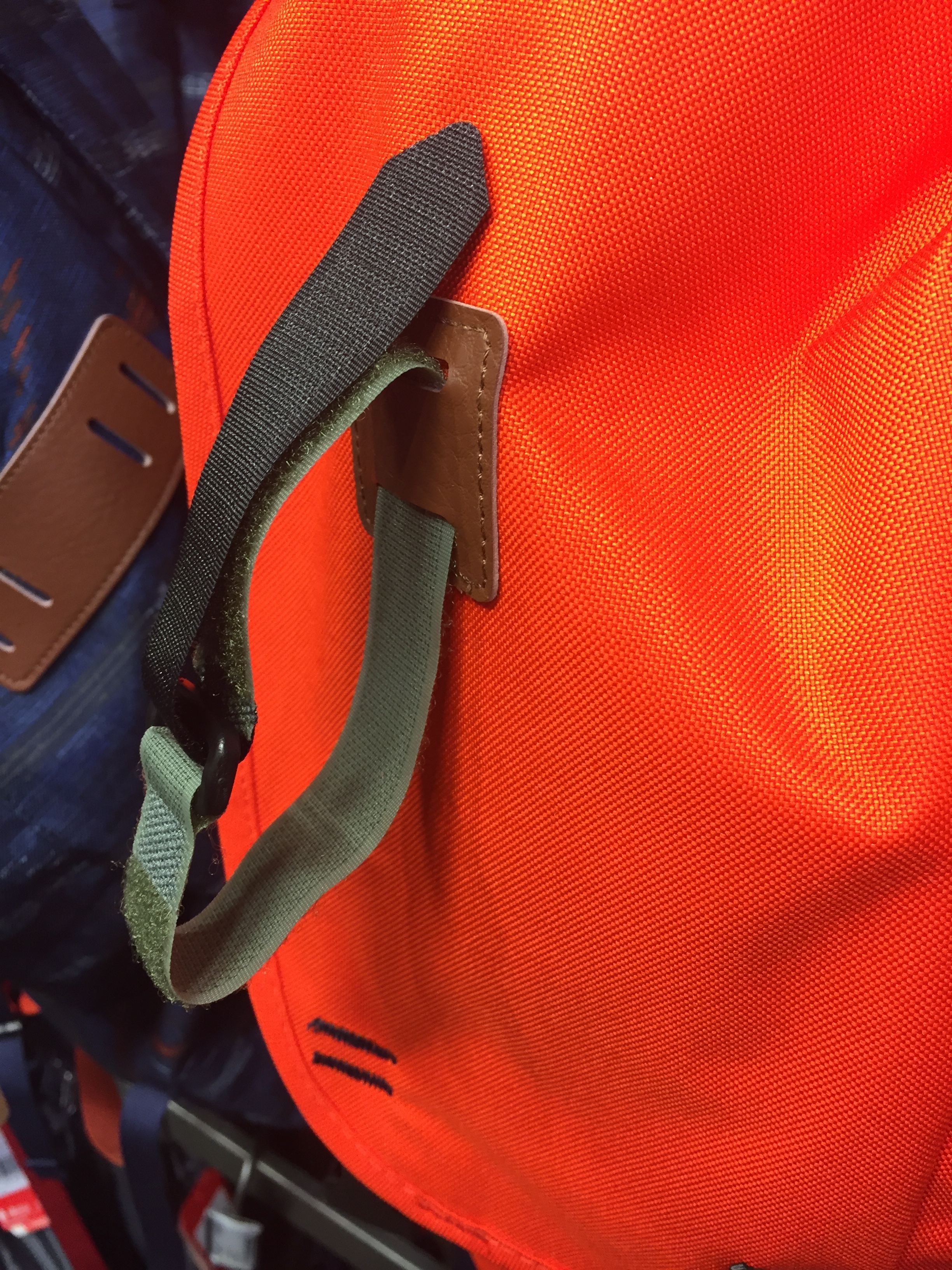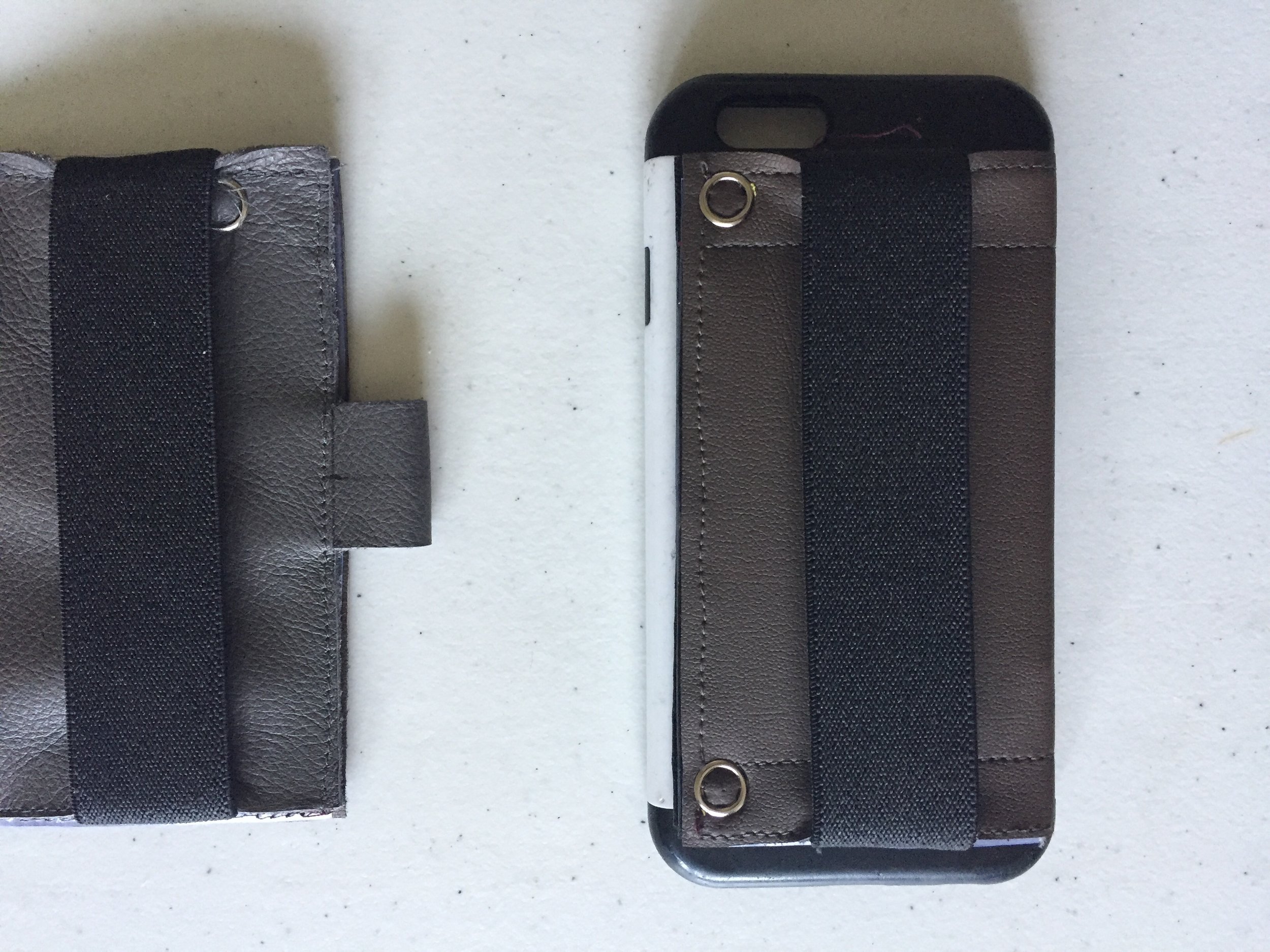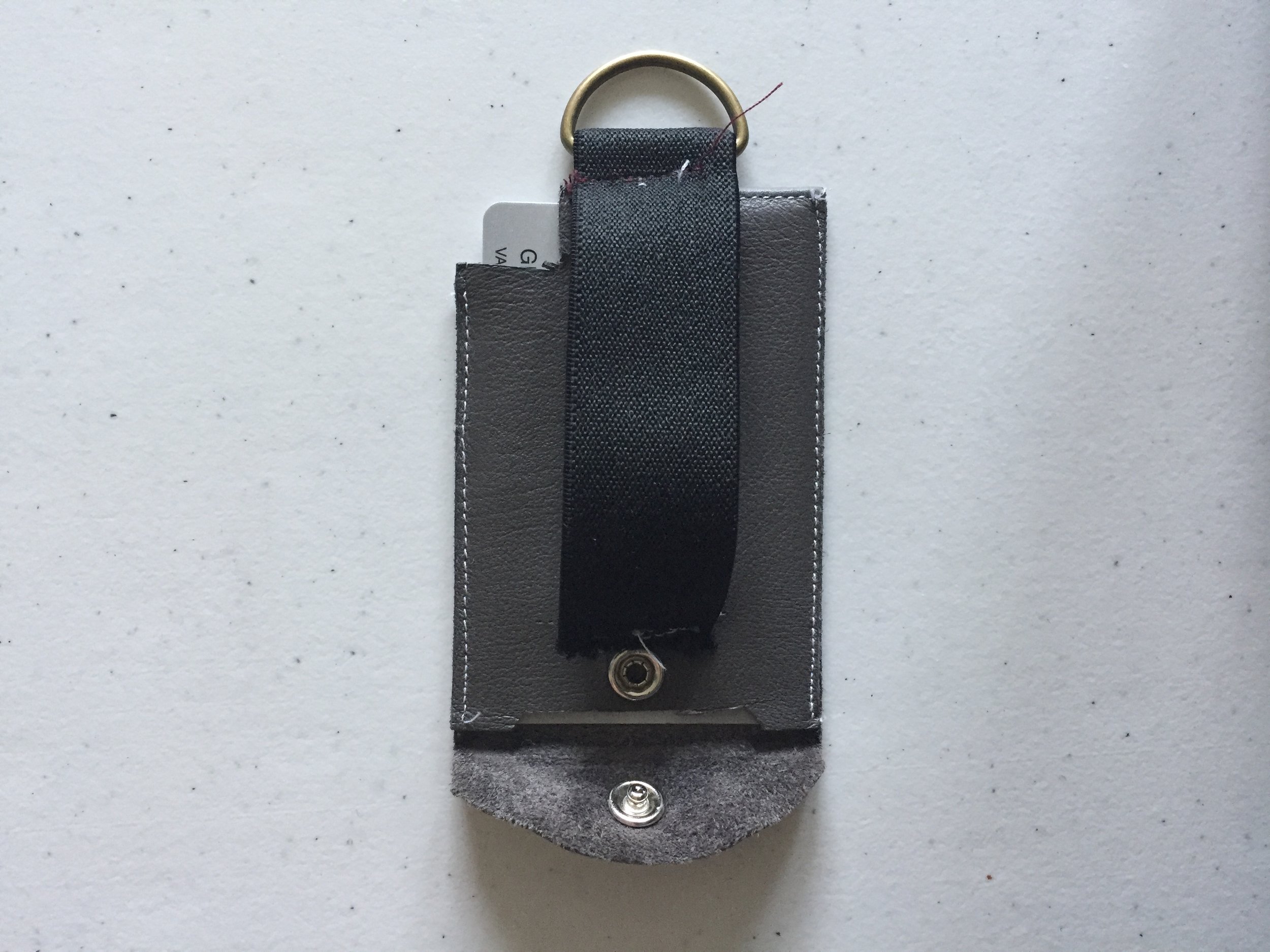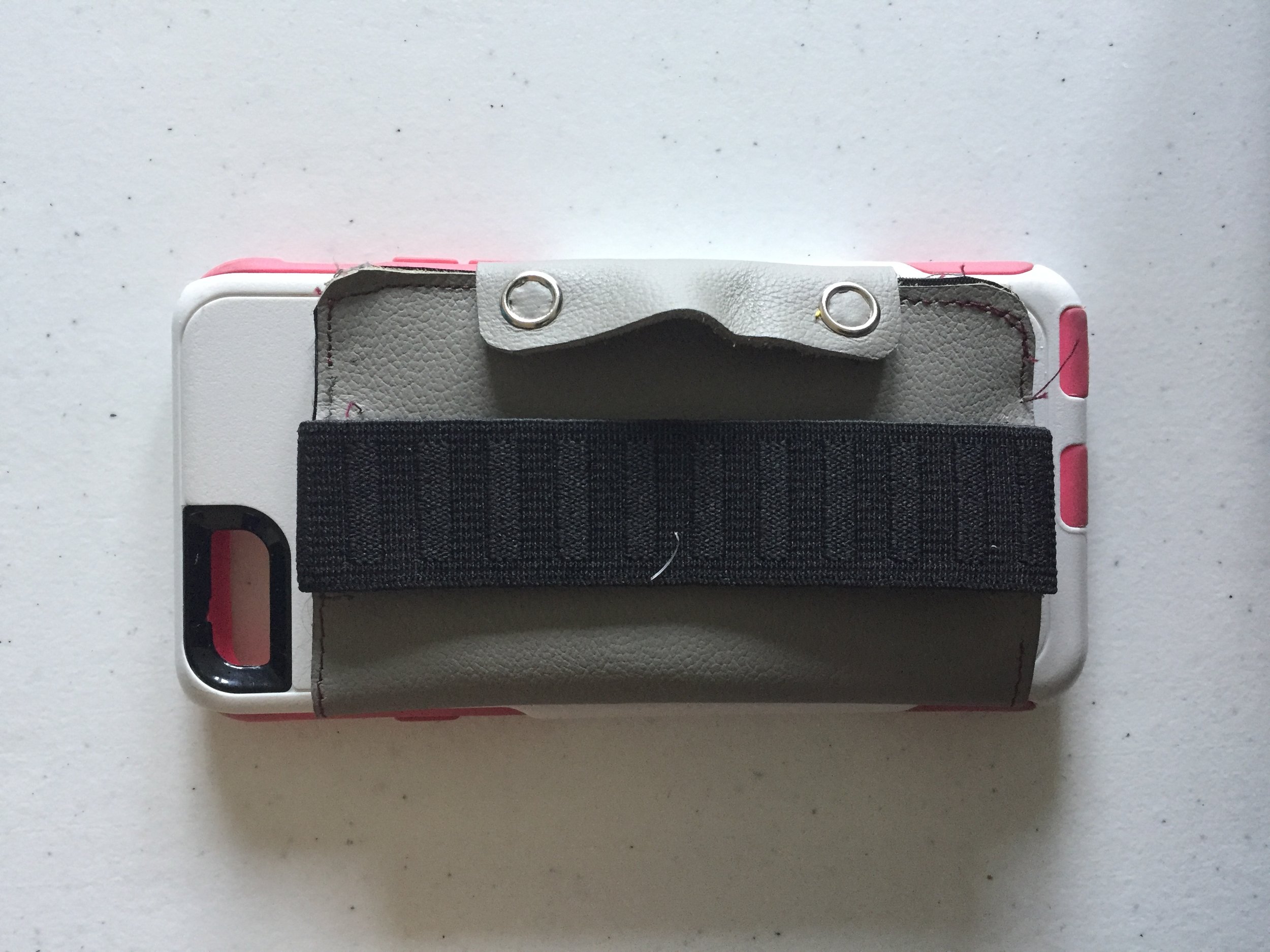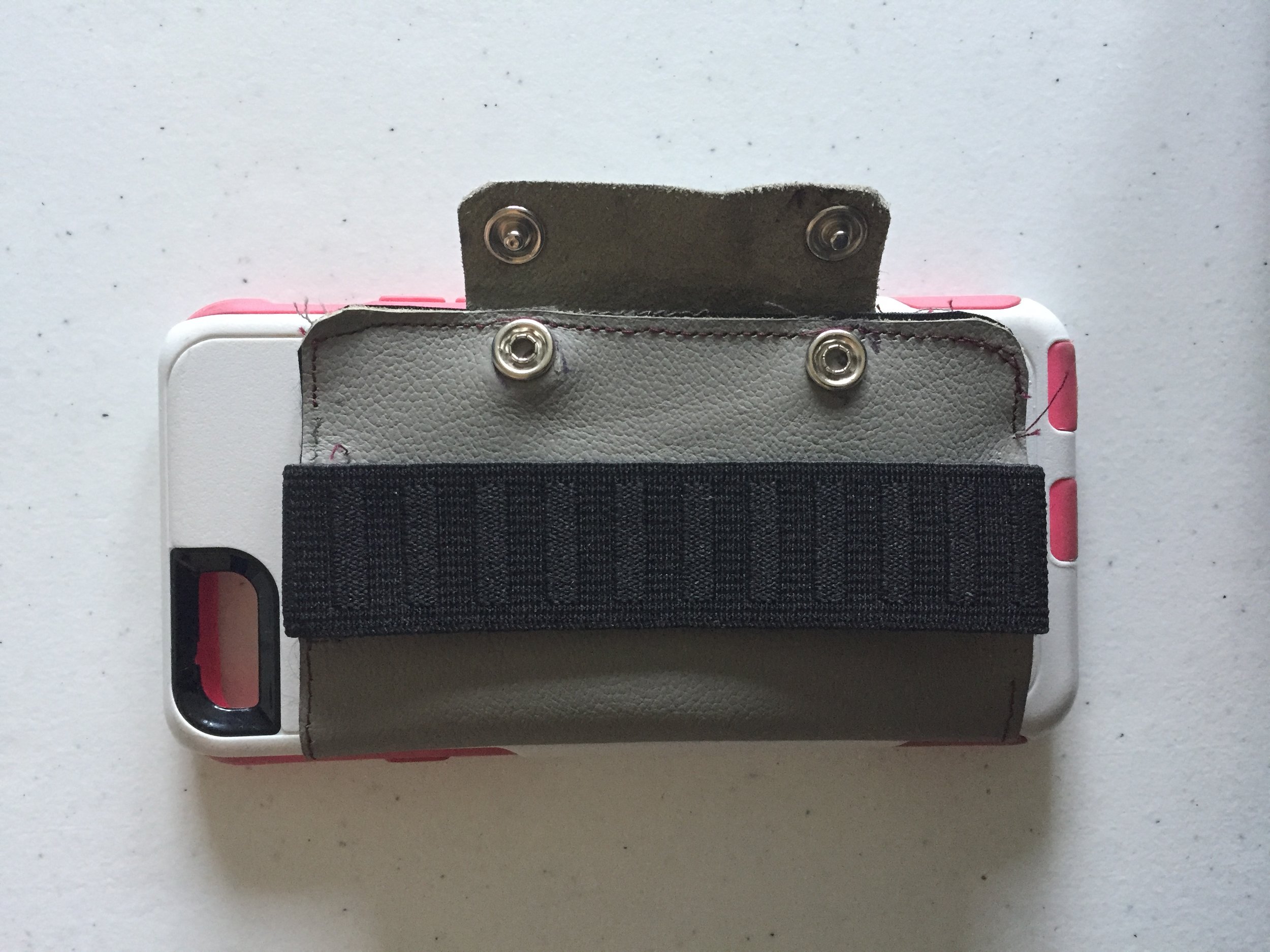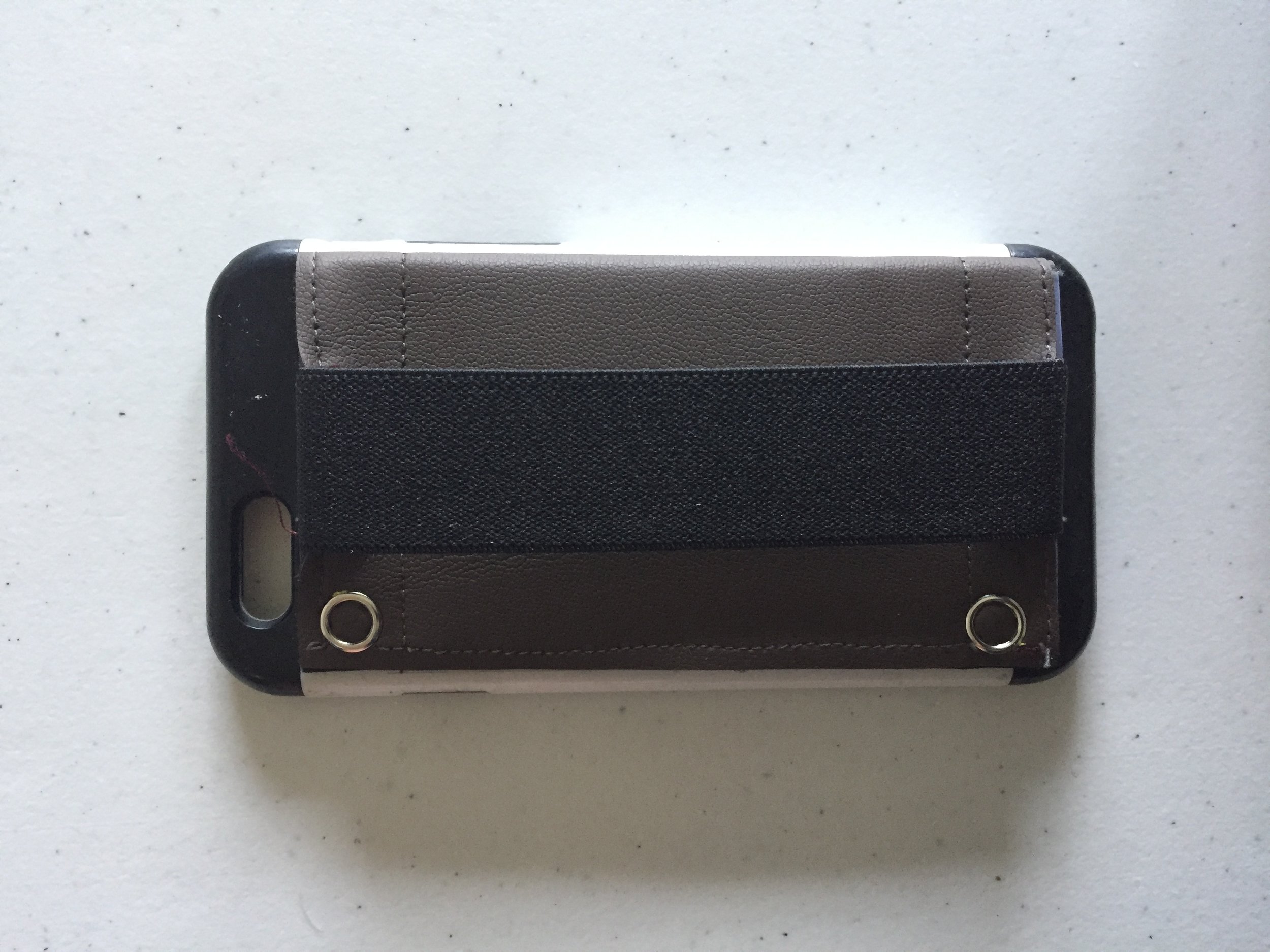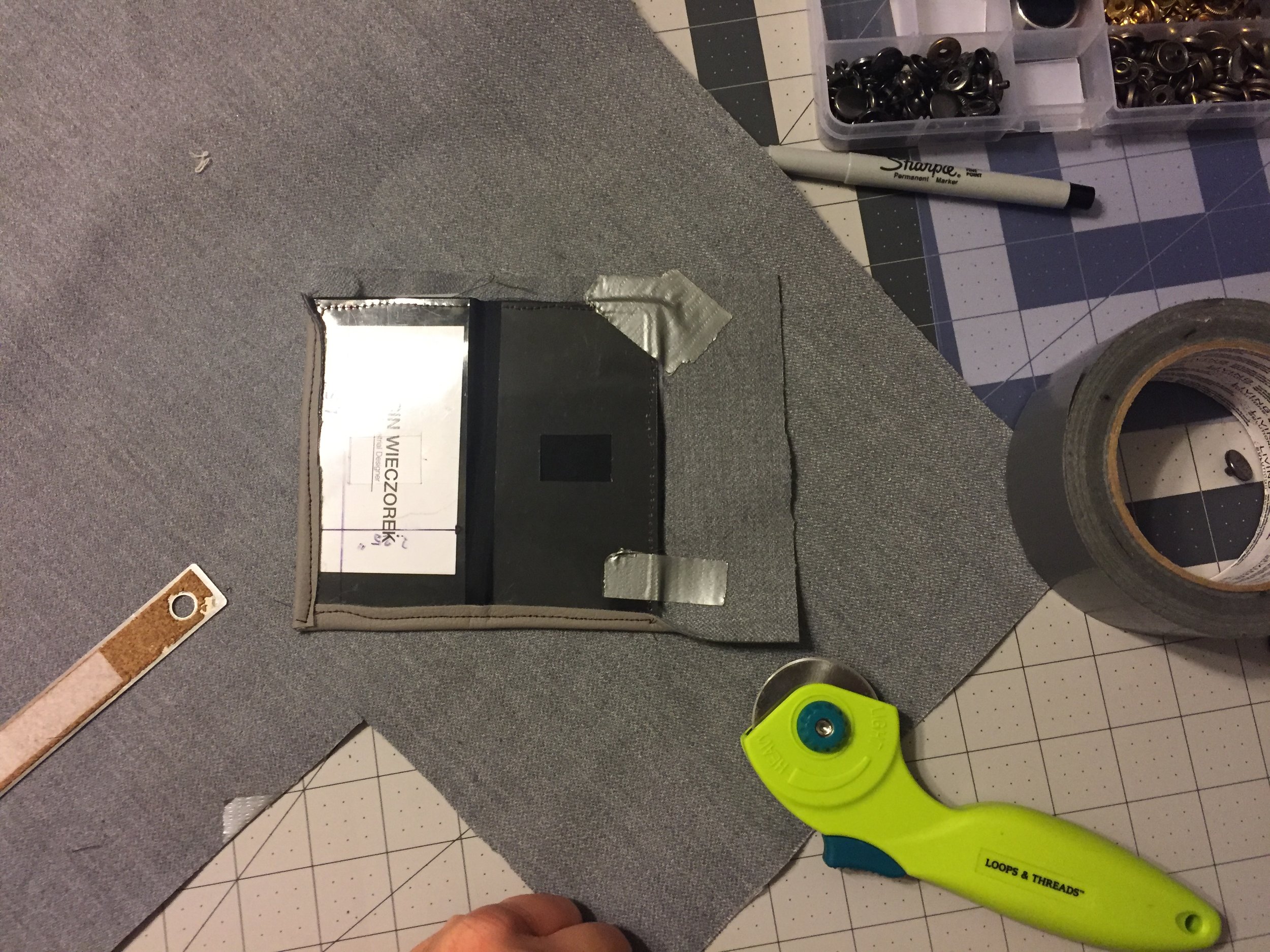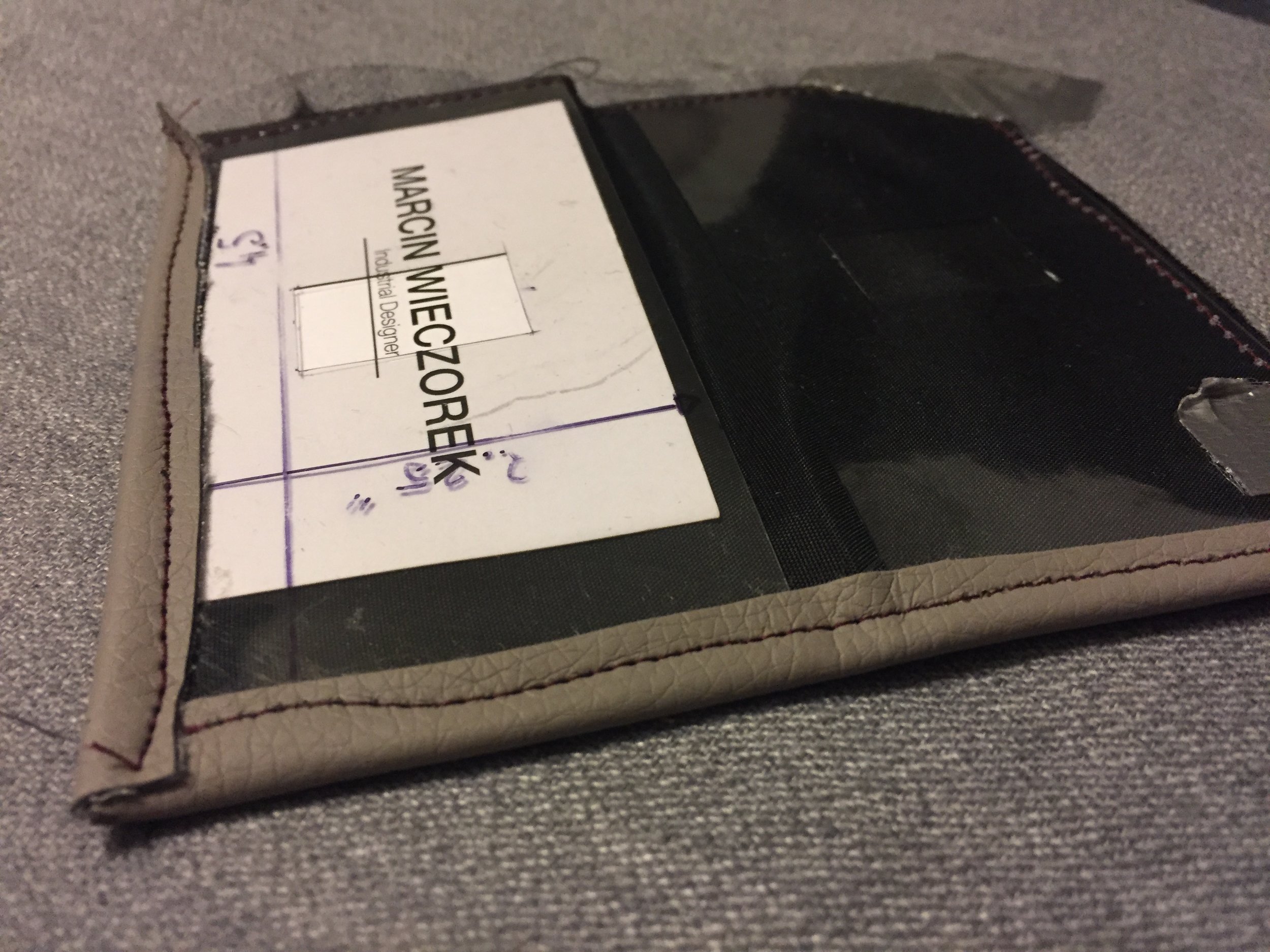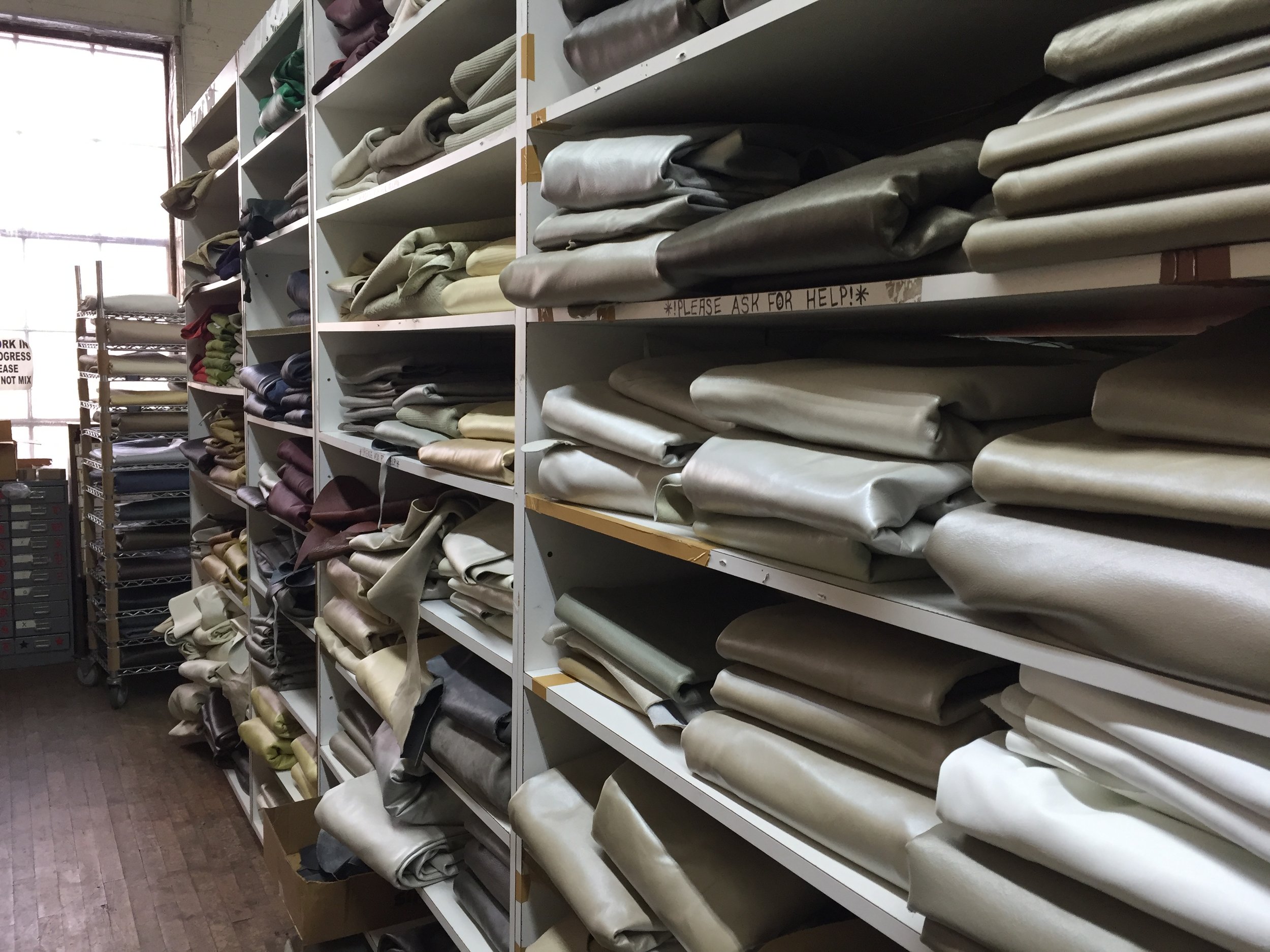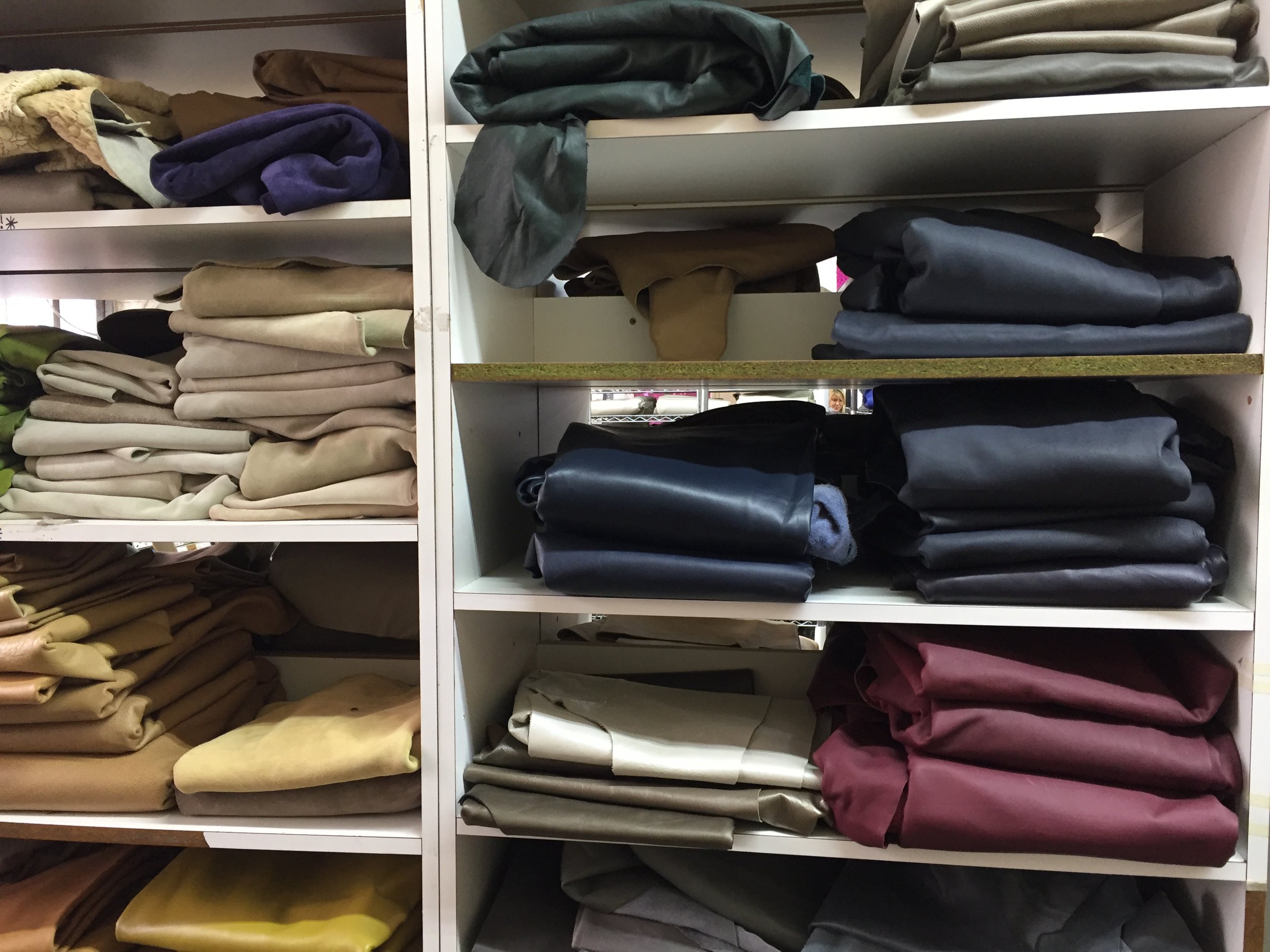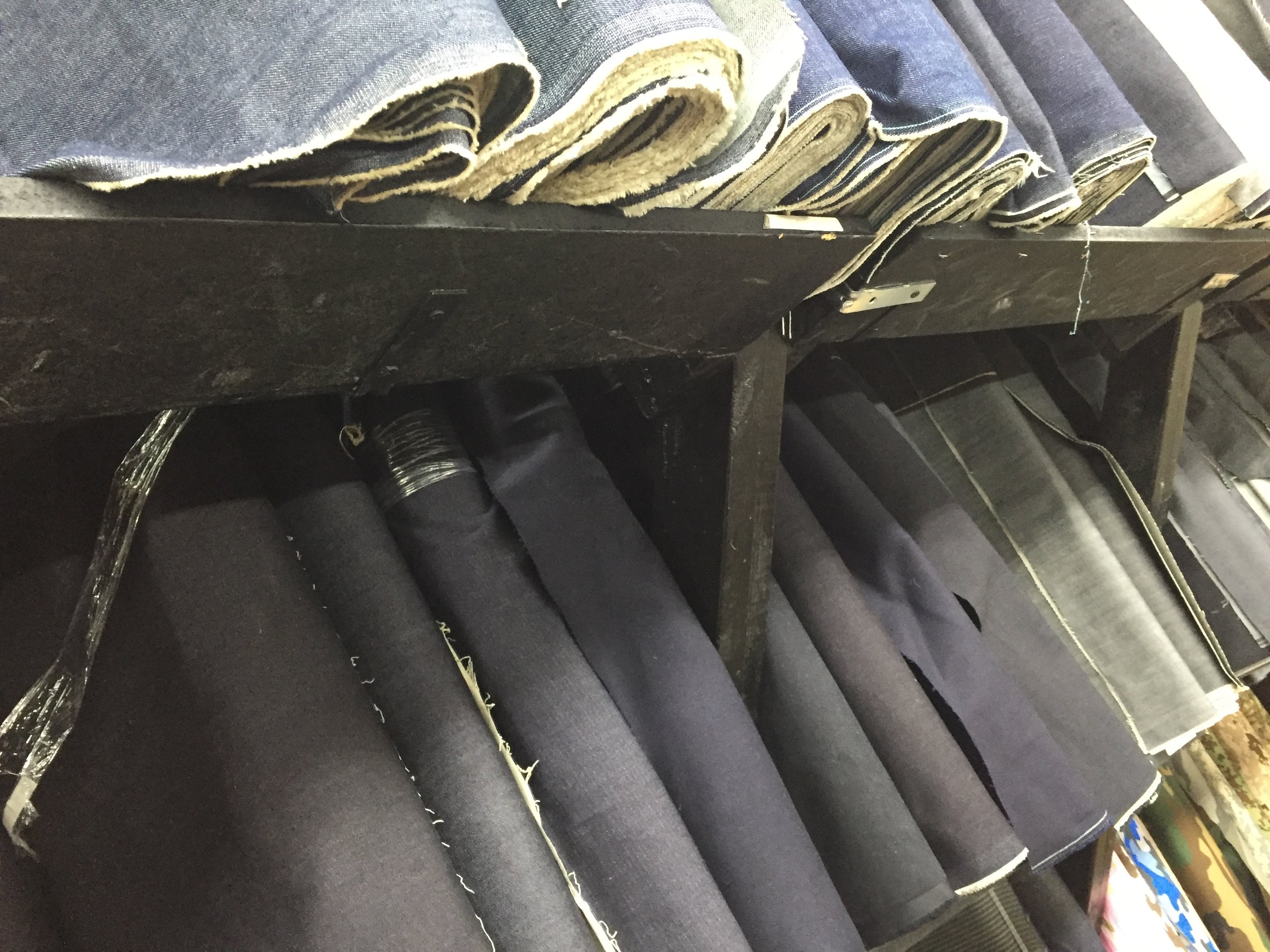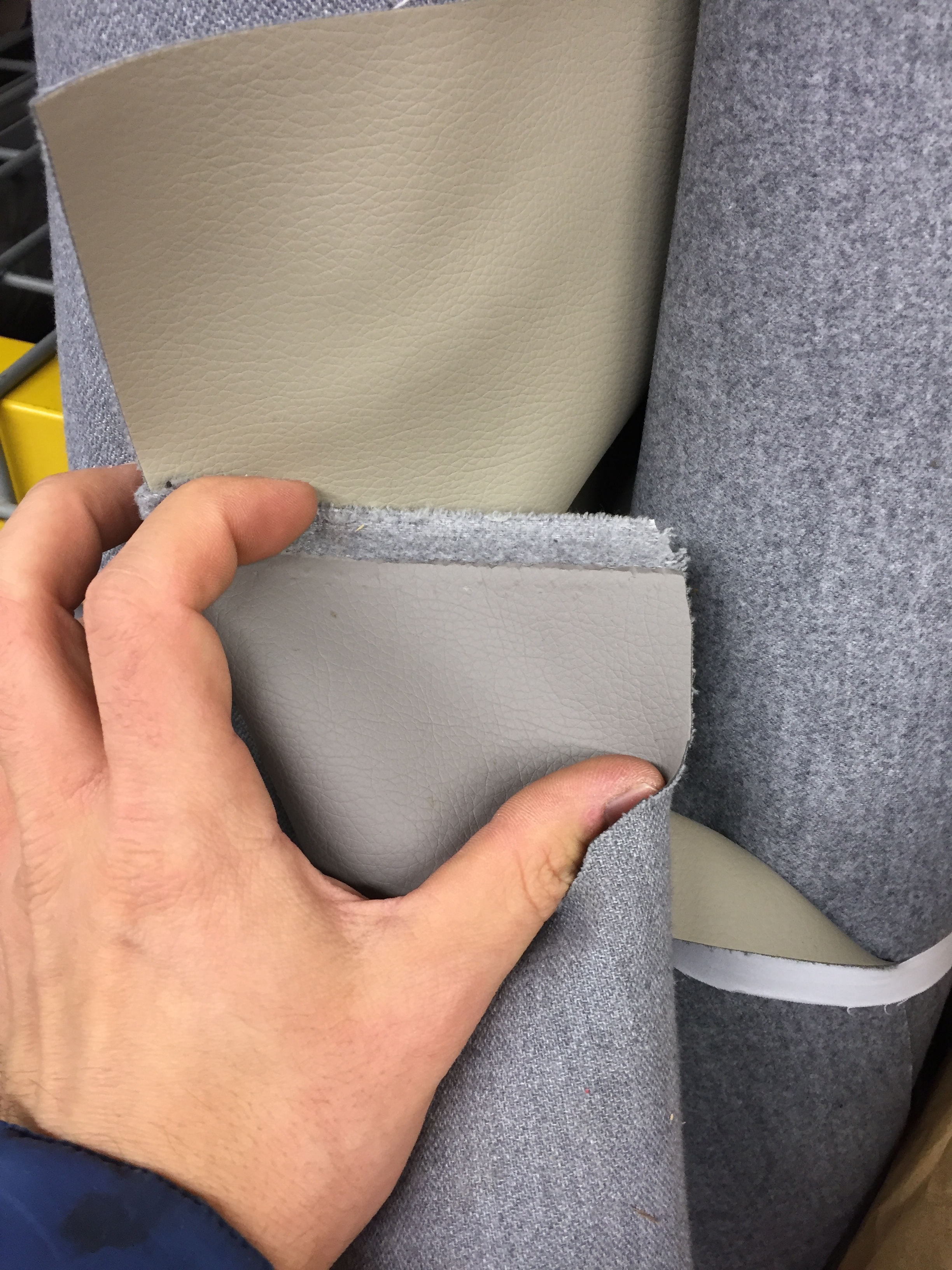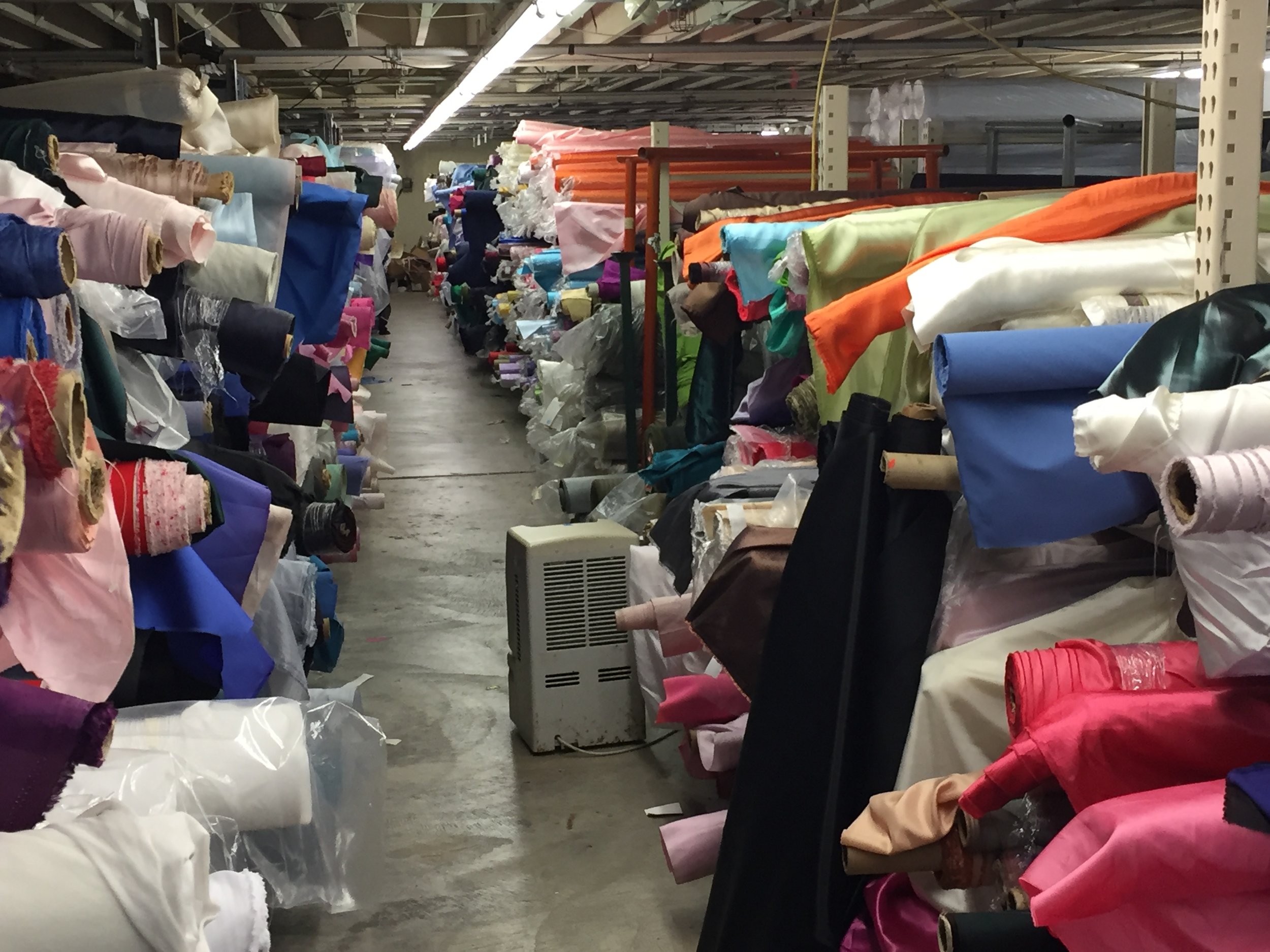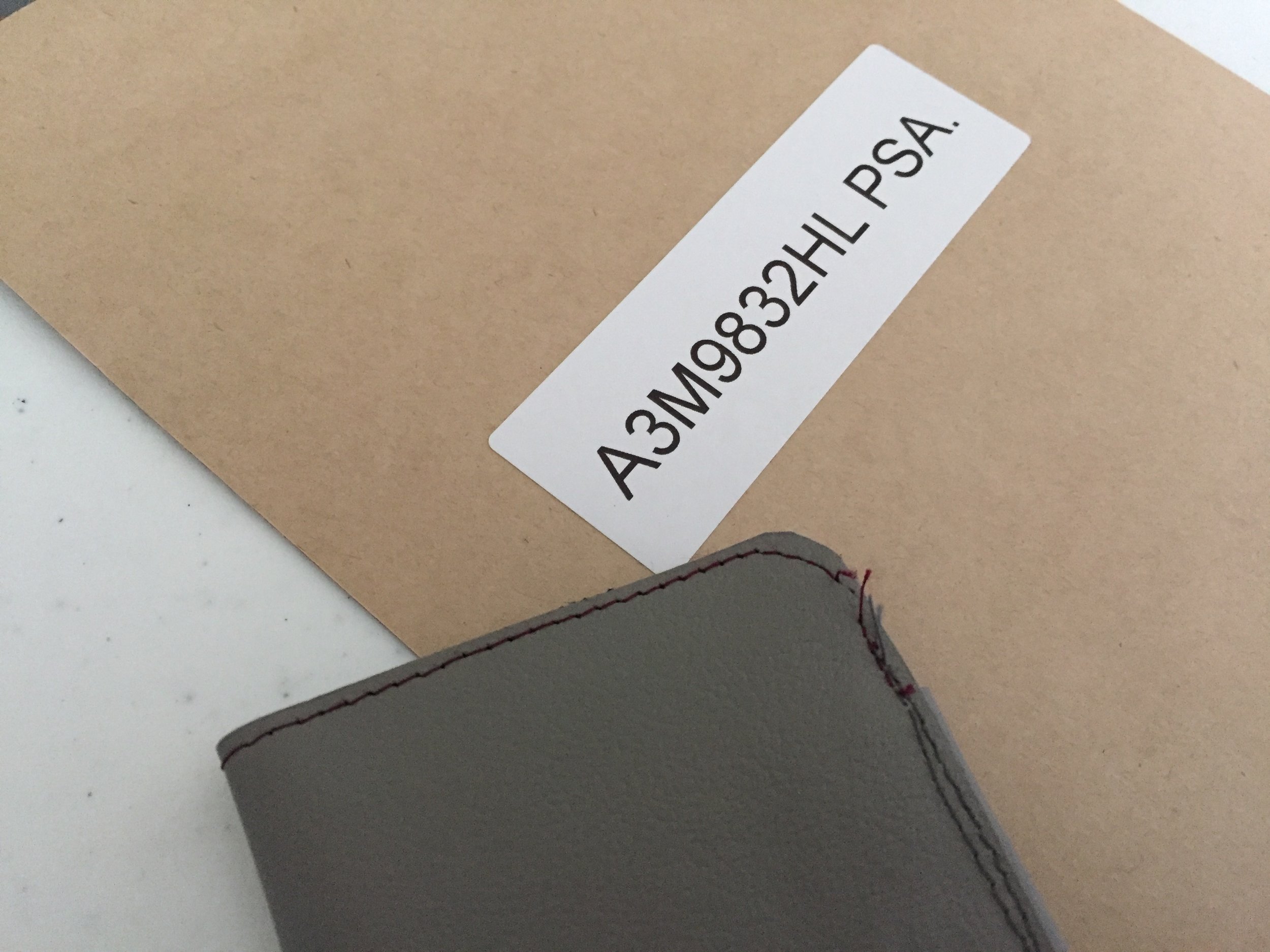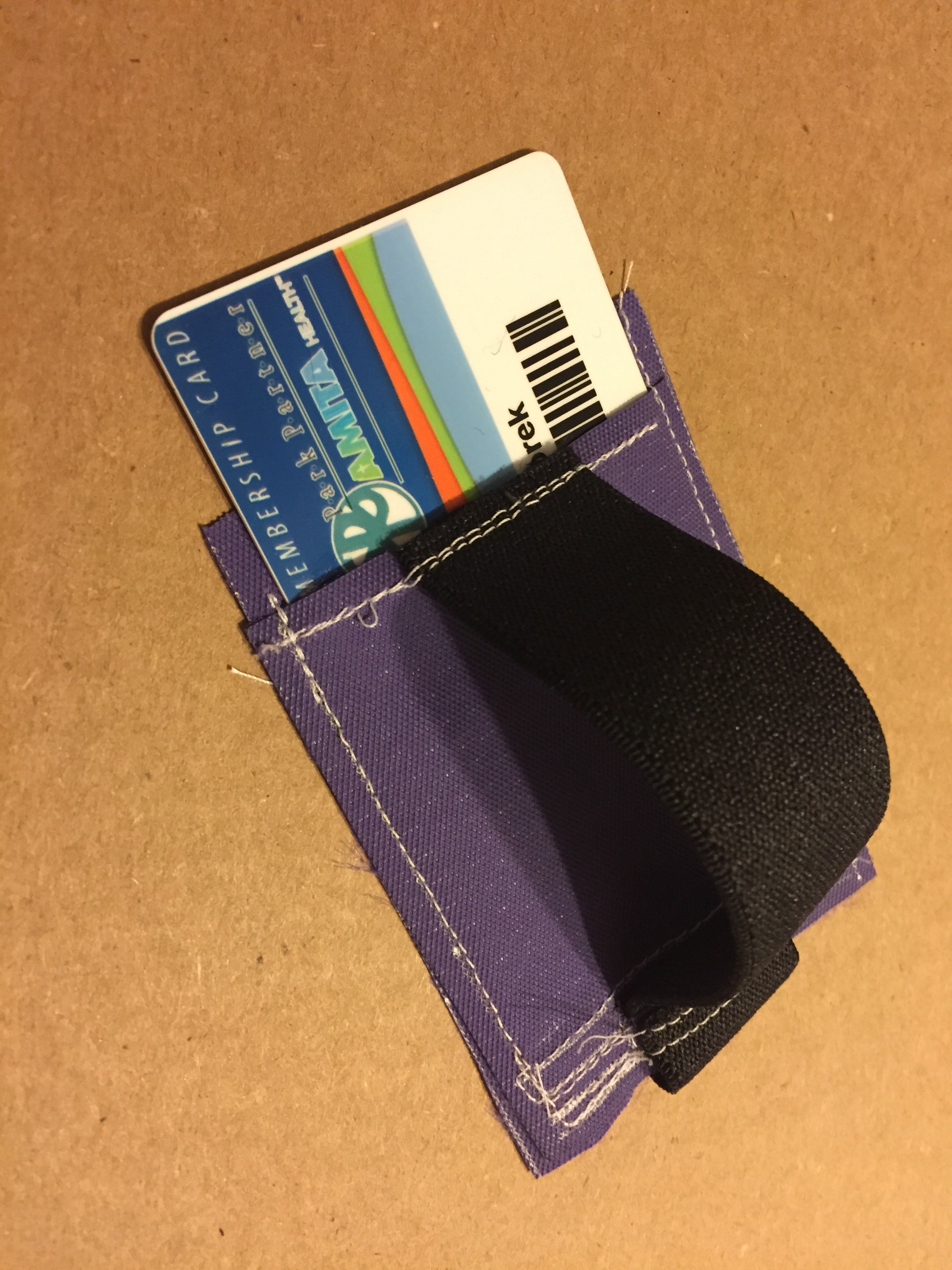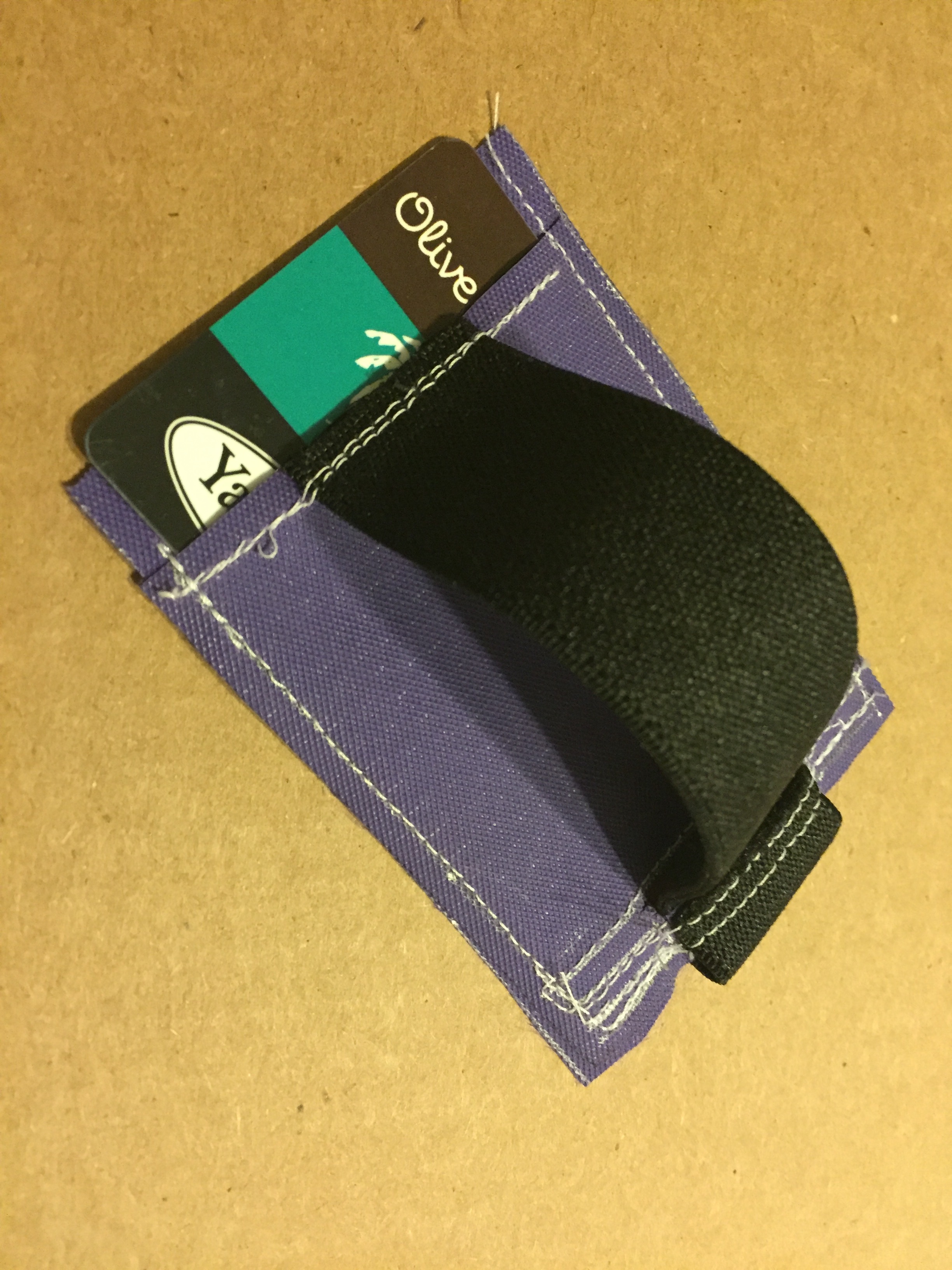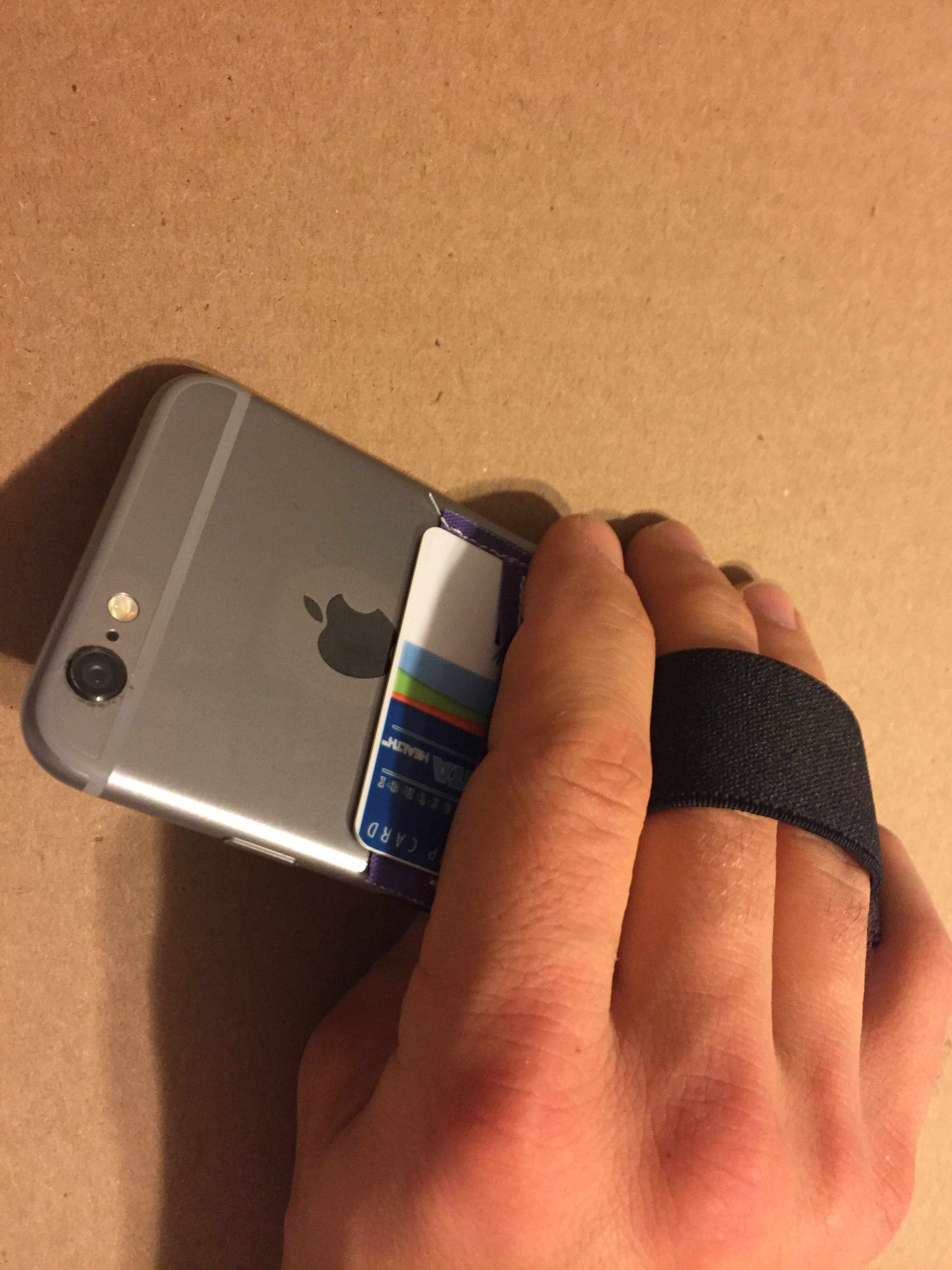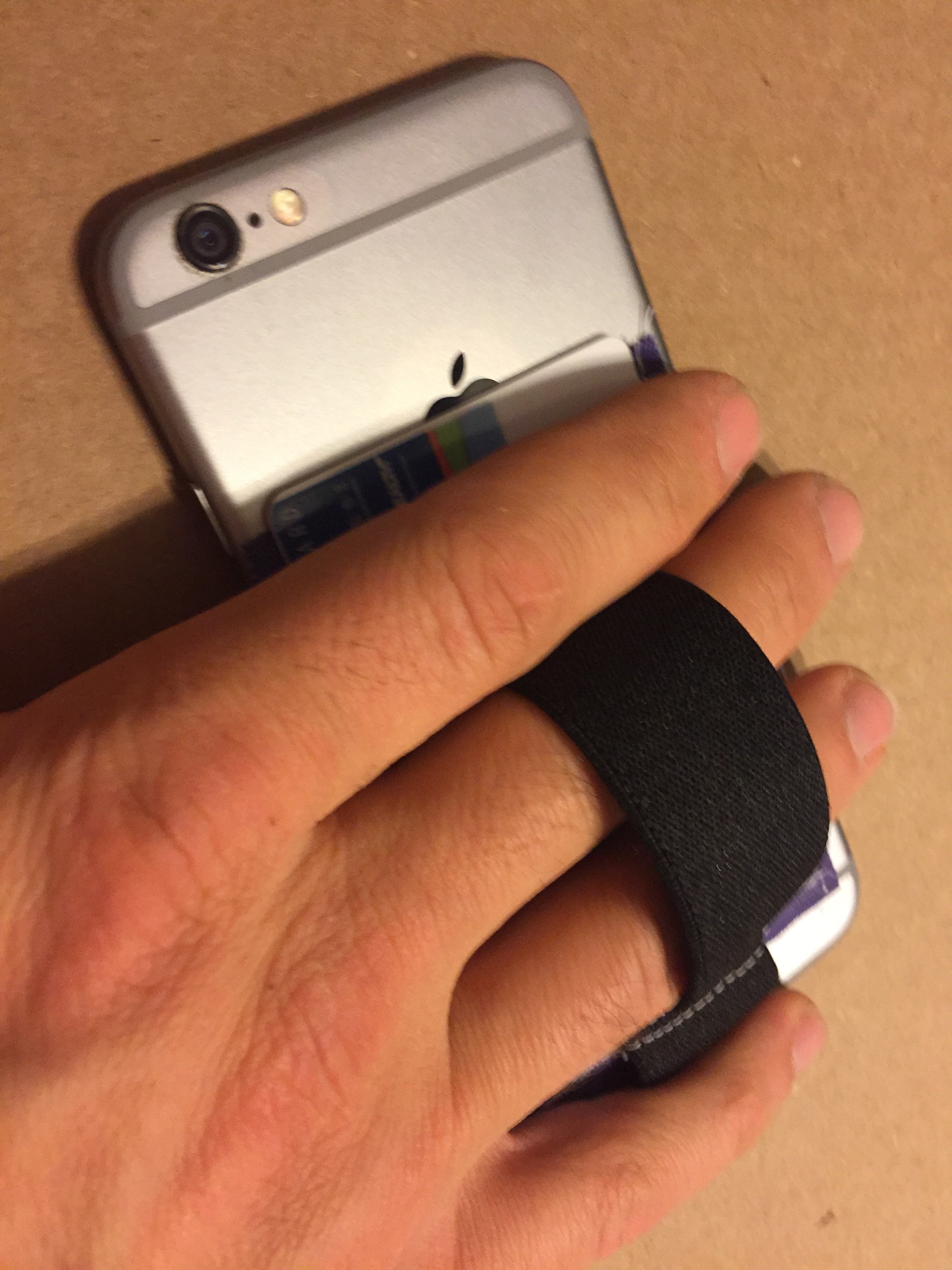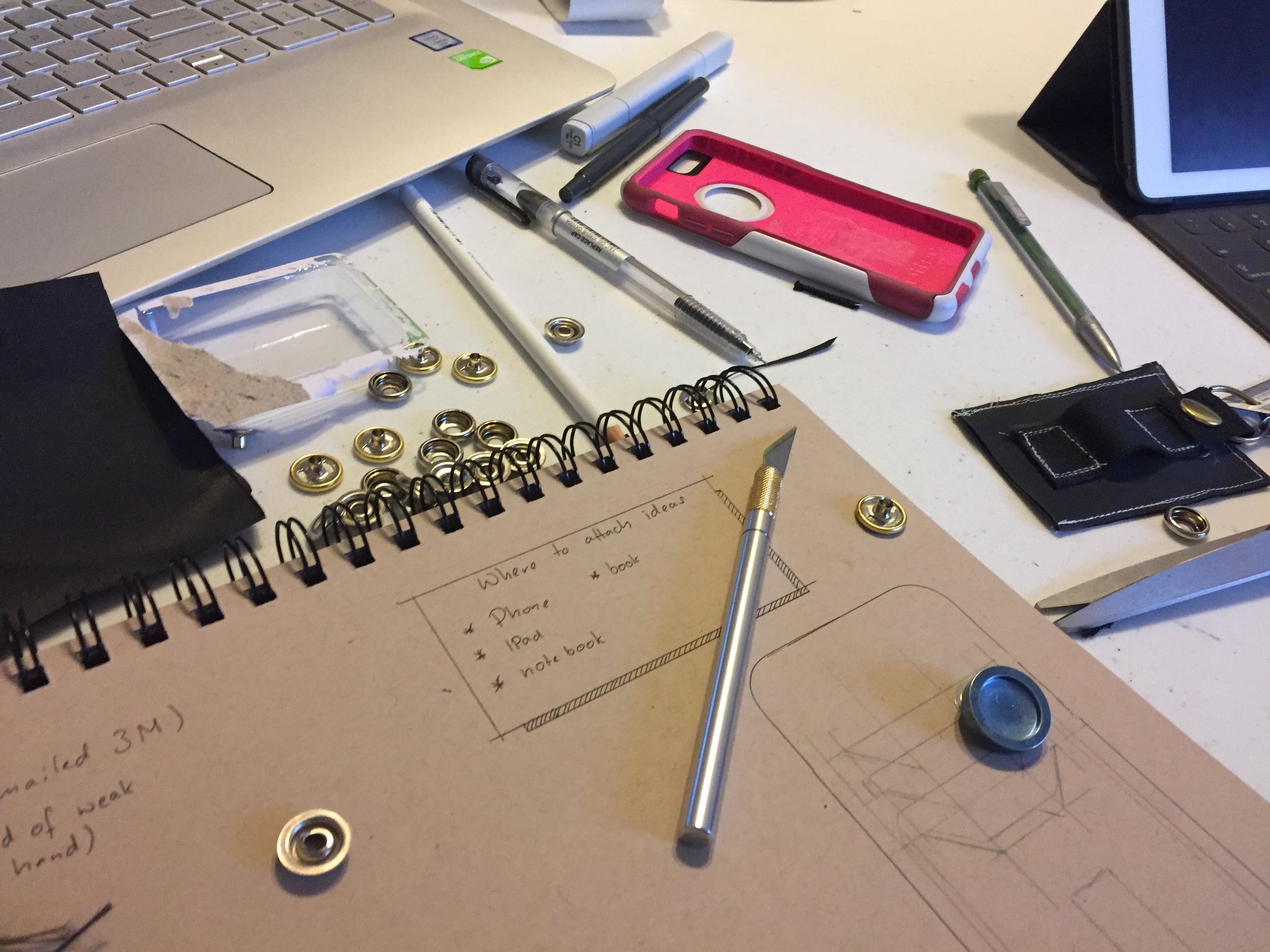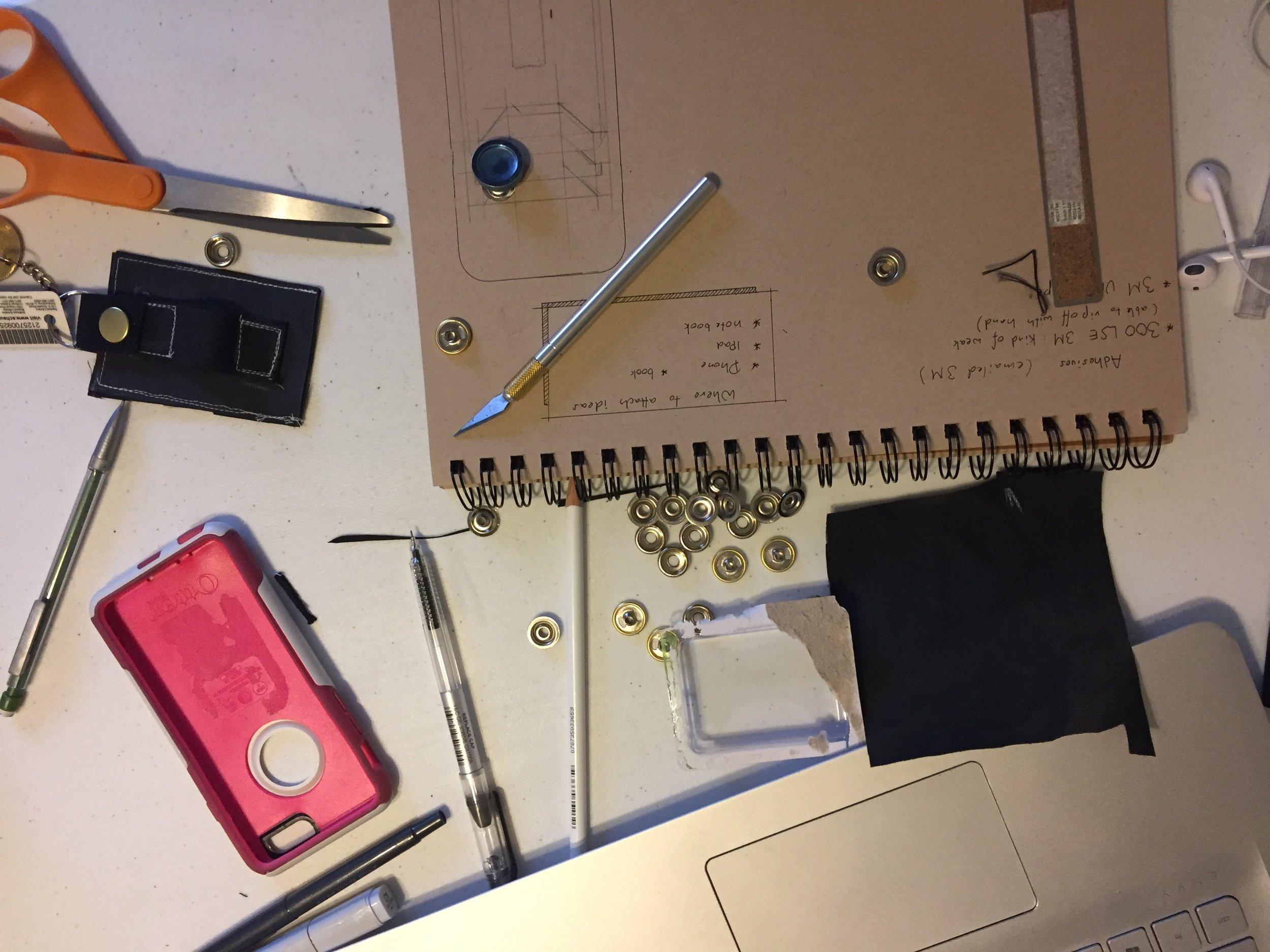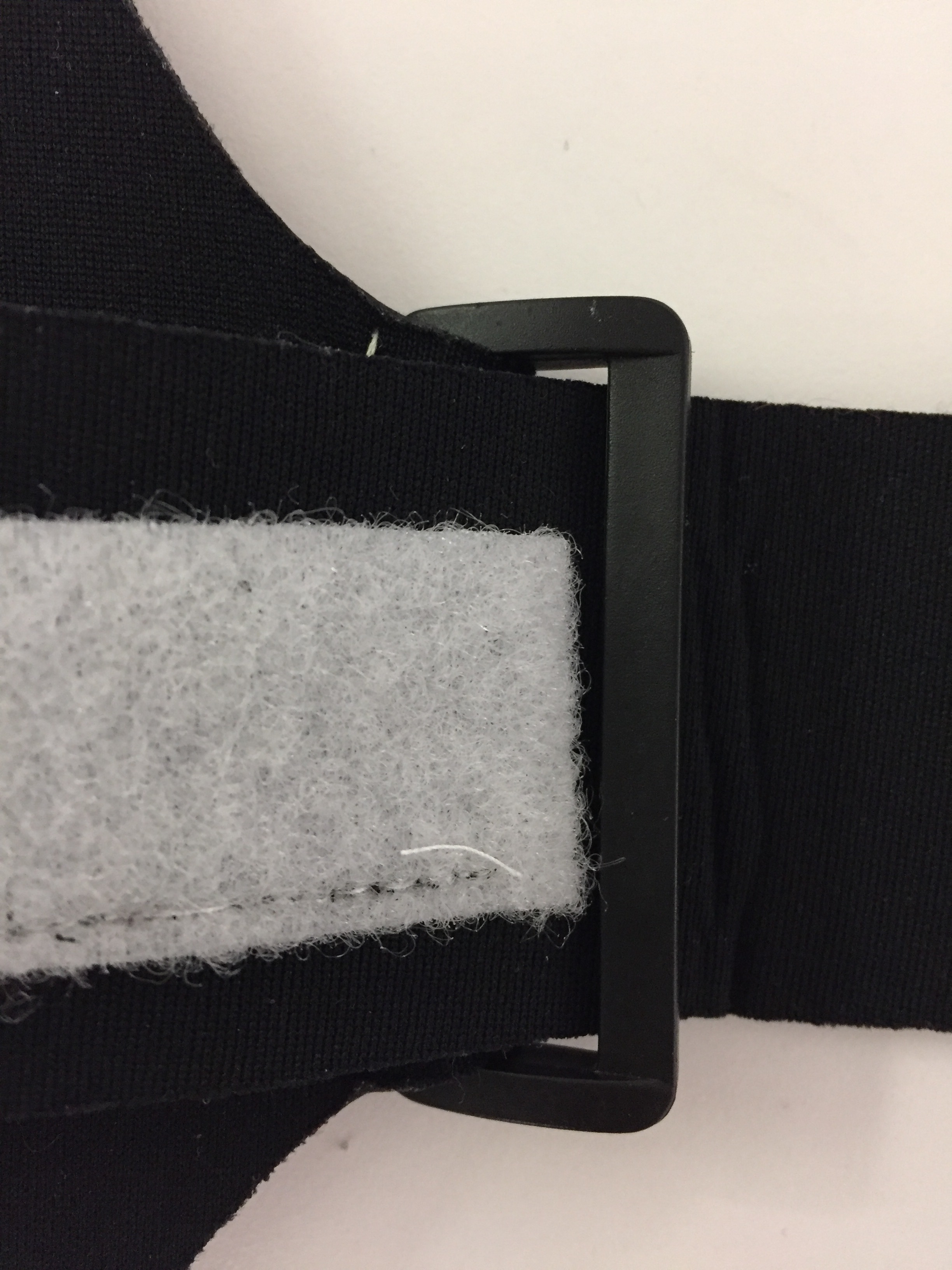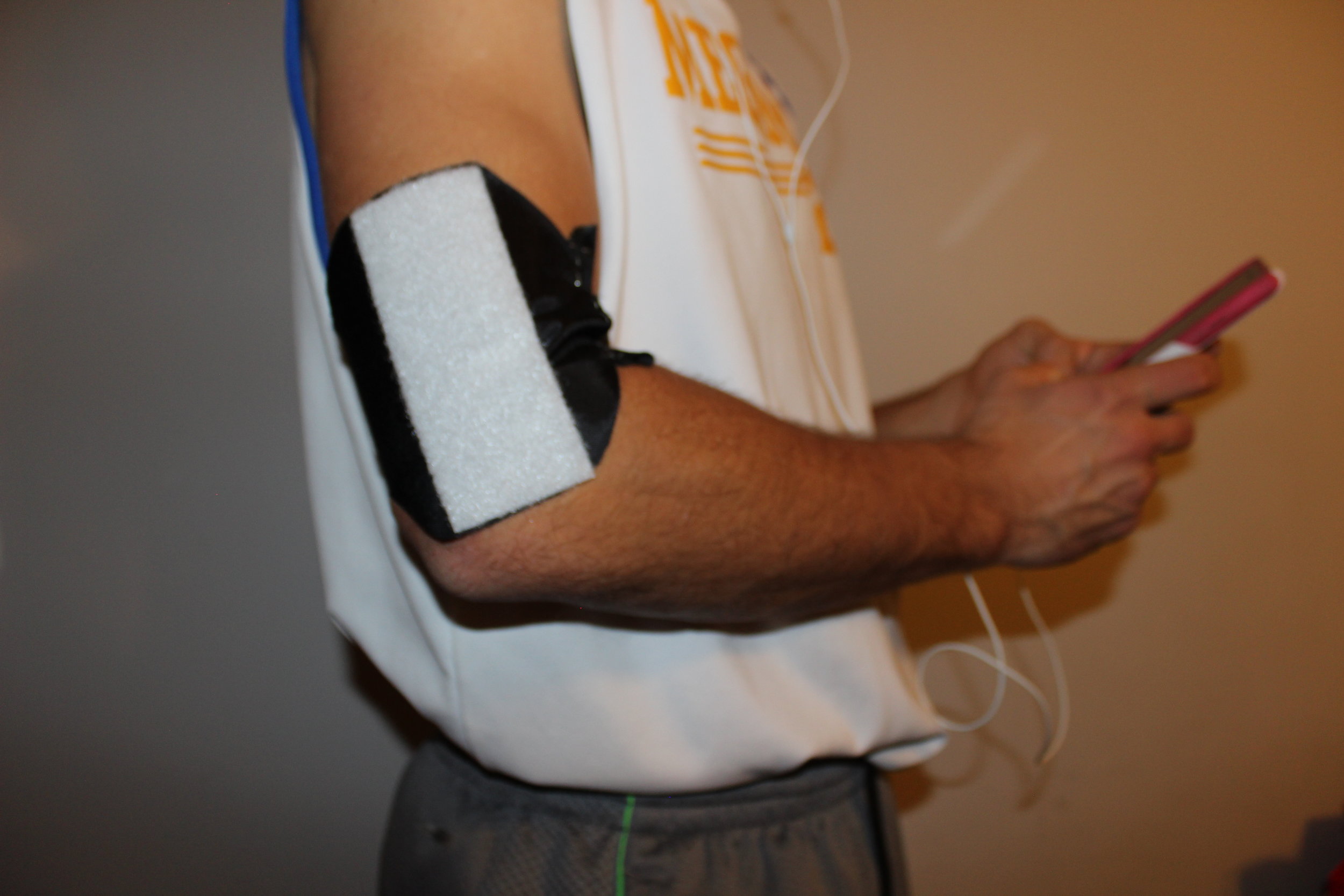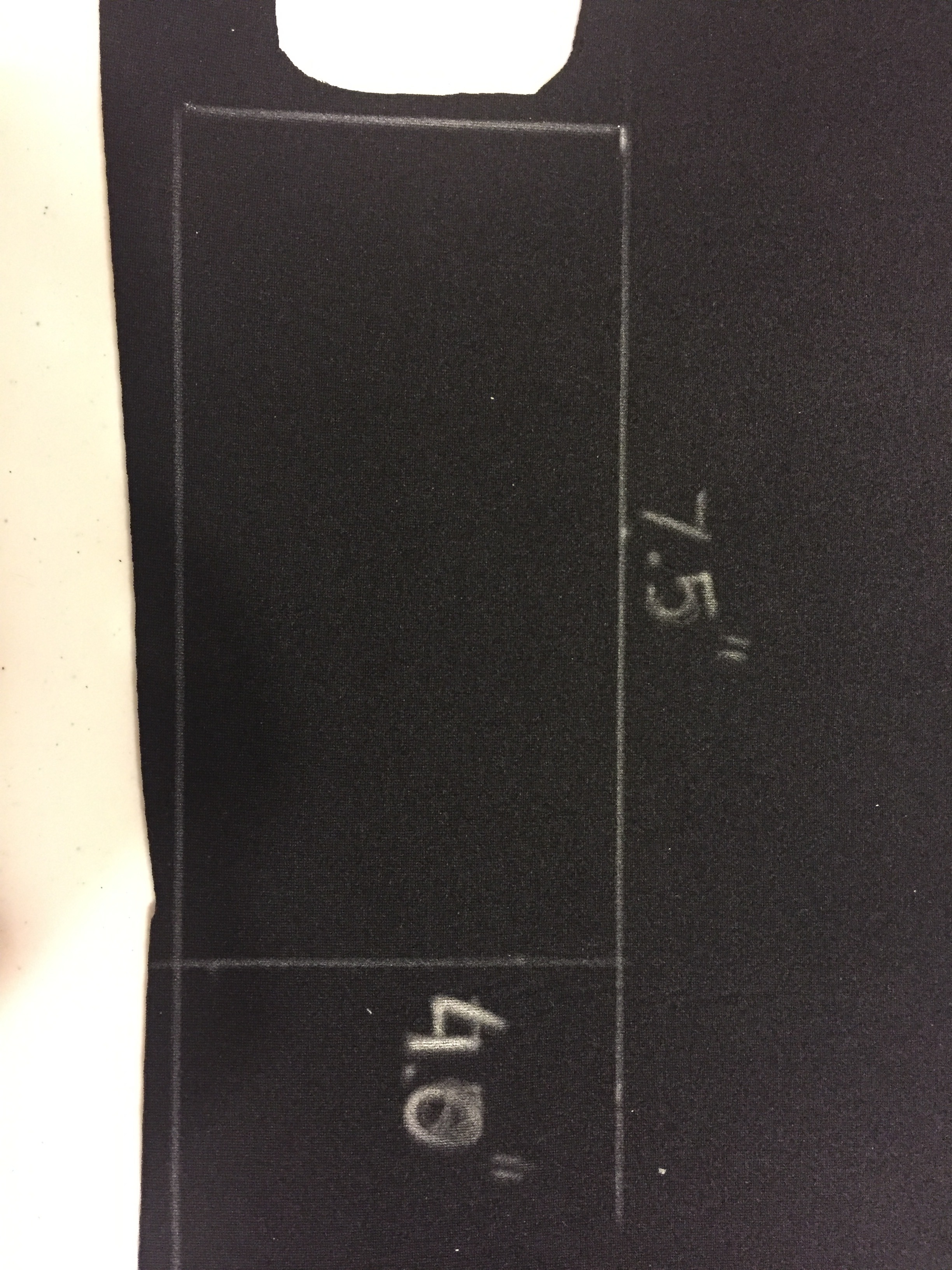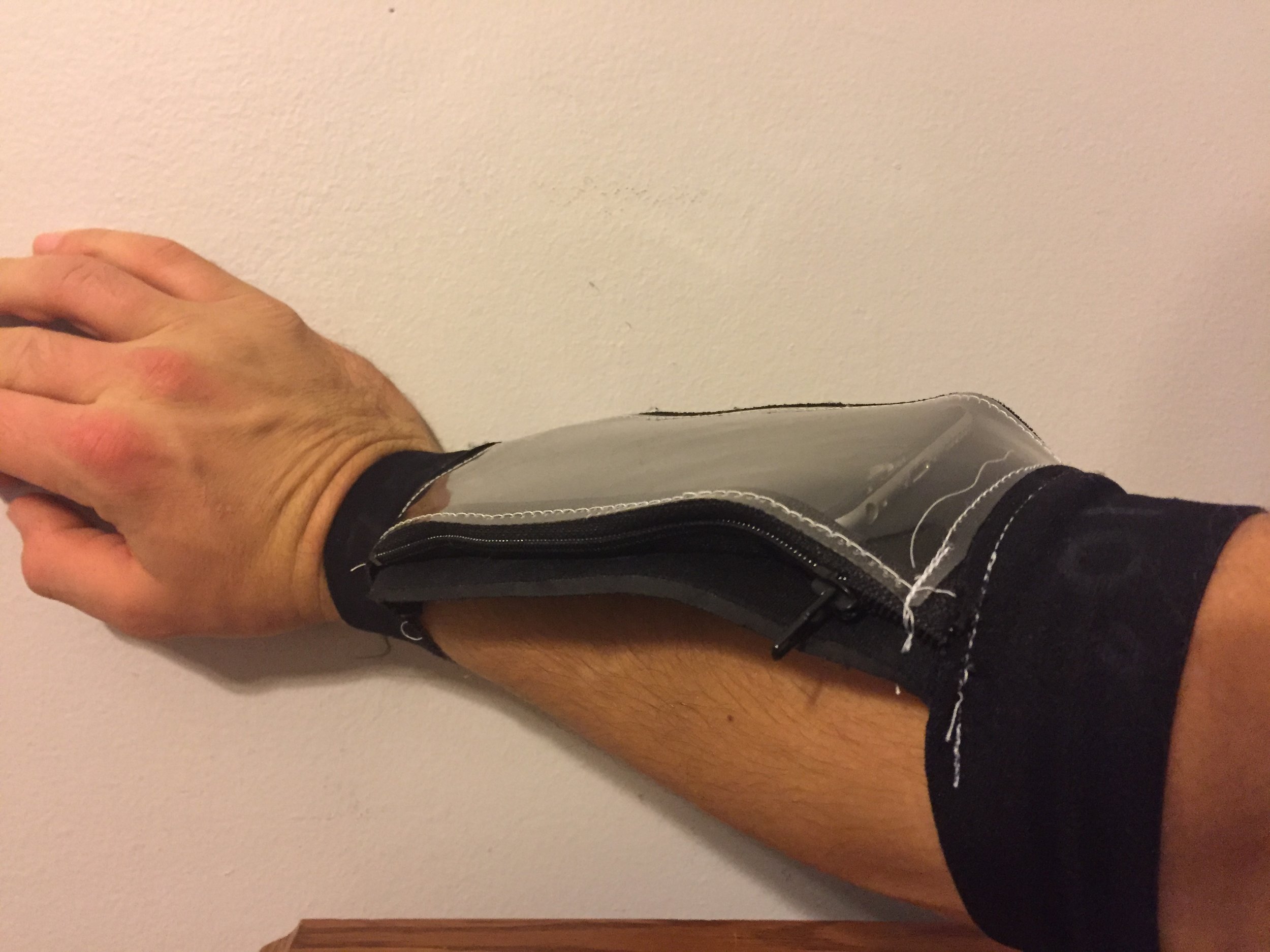Write about one area of your project in which you've taken a deep dive. This can be writing about conversations with manufacturers, explaining a technical process that you've been investigating, a summary of conversations that you've had with people who you think are your target user, or an explanation of a killer model making session that you undertook.
One significant project that had an in-depth research phase was the family of battery powered tools named Ego. This project was significant due to the primary and secondary research that my partner and I conducted before even considering possible design solutions.
The first step of our design process was to immerse ourselves into the already existing products produced by Ego. In order to do so, we visited the primary distributor of Ego power tools in Home Depot. While a week of online research helped us get an idea about the history and different tool options, the primary hands on experience taught us more within an hour of observation. We were able to touch the tools, interact with features, and learn about patterns such as color schemes and material combinations.
An essential part of the primary research was the capturing of photo footage and note taking. By taking an endless number of pictures, we were able to analyze the products from the comfort of our homes and classroom. Note taking was also very important as it captured initial thoughts, possible areas of interest, and other details.
Primary research proved to be a very effective first method of gathering key information. This later transferred into the ideation phase following by conceptualization and prototype development. As a result, my partner and I were able to create a successful line of products for the Ego brand and a strong portfolio piece for the future.
Final take (what I learned):
_ Primary research speeds up the rest of the design process.
_ Talk to the primary users.
_ If I decide to do the Walker attachments, I need to talk to the elderly or users of these products.
Audience not as easily accessible but still available through community living and mother’s work in hospice. Audience not as easily accessible but still available through community living and mother’s work in hospice. Project could have a huge audience as there are many walker users. Easy prototyping using cardboard and actual walker.
_ If I decide to do the team color badges, I need to talk to athletes and potential users
Very easily accessible audience (friends) that I see weekly during basketball league and gym. Need to develop target audience since I am unclear yet. Children playing tag? Marathon runners? Team sport players? Easy prototyping but not easy final assembly (sewing)

